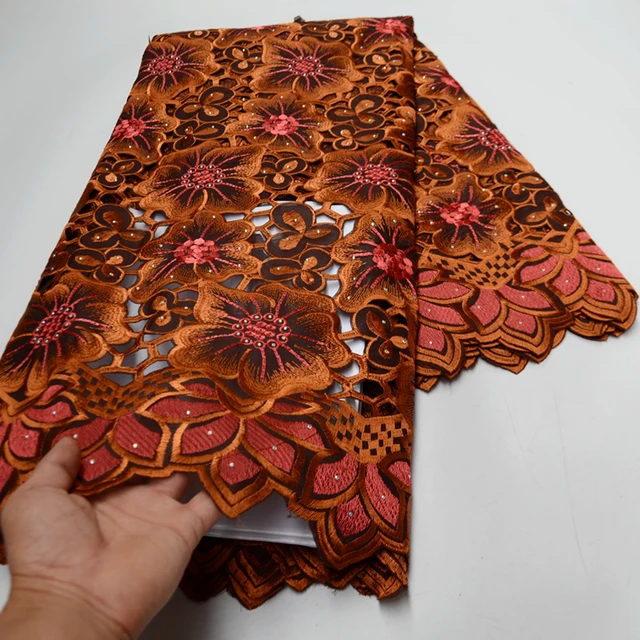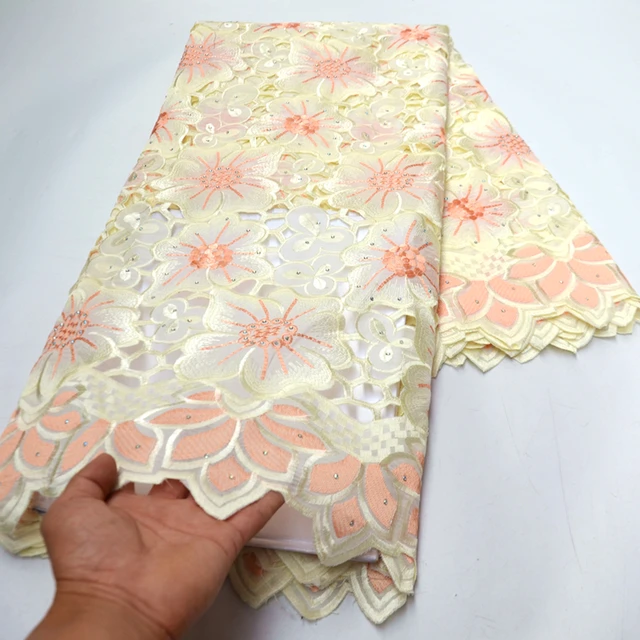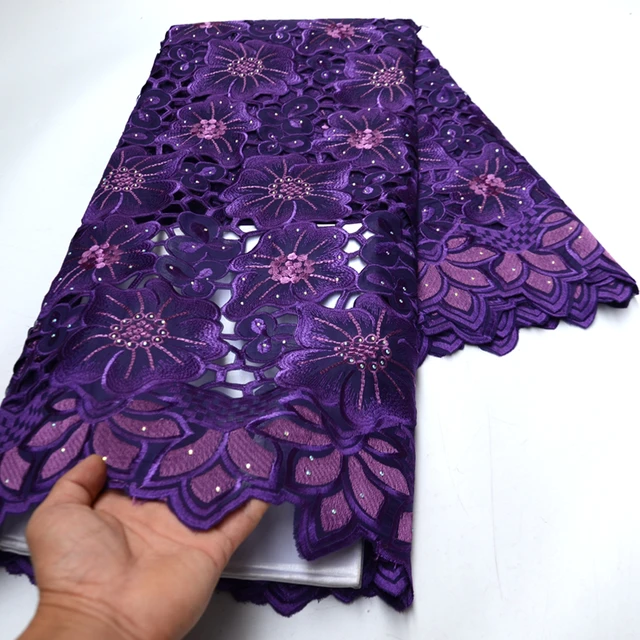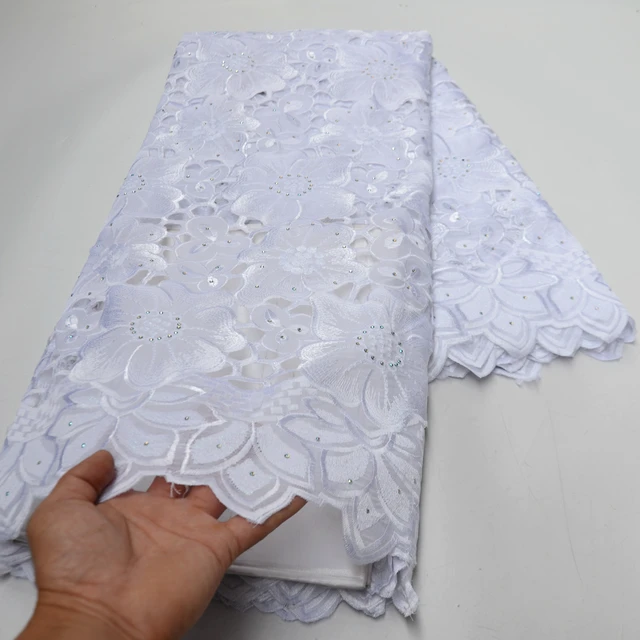Mildew stains on fabric can be frustrating and challenging to remove. These stains not only affect the appearance of your textiles but can also lead to unpleasant odors and potential health issues. Fortunately, there are several effective methods for removing mildew stains from fabric. This comprehensive guide will walk you through various techniques, from natural remedies to commercial products, to help you restore your fabrics to their original condition.
Understanding Mildew Stains
What Causes Mildew Stains?
Mildew stains are typically caused by the growth of mold or mildew, which thrives in warm, damp, and poorly ventilated environments. When fabric becomes exposed to these conditions, mildew spores can settle and proliferate, resulting in unsightly stains. The stains often appear as dark, greenish spots or patches on the fabric. Mildew not only affects the appearance of textiles but can also weaken the fabric over time, leading to potential damage.
Identifying the Type of Fabric
Before attempting to remove mildew stains, it is essential to identify the type of fabric you are dealing with. Different fabrics have varying levels of sensitivity to cleaning agents and techniques. For instance, delicate fabrics like silk or wool may require gentler methods compared to sturdy fabrics like cotton or polyester. Knowing the fabric type will help you choose the most appropriate cleaning method and avoid potential damage.

Natural Remedies for Mildew Stains
Using White Vinegar and Baking Soda
One of the most effective natural remedies for mildew stains involves using white vinegar and baking soda. White vinegar is a natural disinfectant that can kill mildew spores, while baking soda acts as a gentle abrasive to help lift the stains. To use this method, follow these steps:
- Prepare the Solution: Mix one cup of white vinegar with one cup of water in a spray bottle. Sprinkle baking soda directly onto the mildew-stained area of the fabric.
- Apply the Solution: Spray the vinegar and water mixture onto the stained fabric. Allow it to sit for 15-30 minutes to loosen the mildew.
- Scrub and Rinse: Gently scrub the fabric with a soft brush or cloth. Rinse thoroughly with cold water and then launder as usual.
This method is effective for many types of fabric and is particularly useful for removing mildew from clothing and household textiles.
Lemon Juice and Salt Treatment
Lemon juice, combined with salt, is another natural remedy that can effectively remove mildew stains. To use this method, follow these steps:
- Create a Paste: Mix lemon juice with salt to form a thick paste.
- Apply the Paste: Apply the paste directly onto the mildew-stained area of the fabric.
- Let it Sit: Allow the paste to sit for 30-60 minutes. The acidity of the lemon juice and the abrasiveness of the salt will work together to lift the stain.
- Rinse and Launder: Rinse the fabric with cold water and launder as usual.
This method is particularly effective for light-colored fabrics and can also help brighten and freshen the fabric.
Commercial Products for Mildew Stain Removal
Using Oxygen Bleach
Oxygen bleach is a powerful cleaning agent that can effectively remove mildew stains without the harsh effects of chlorine bleach. It is suitable for a wide range of fabrics and is generally safe for colored textiles. To use oxygen bleach, follow these steps:
- Prepare the Solution: Dissolve the recommended amount of oxygen bleach in water according to the product instructions.
- Soak the Fabric: Submerge the mildew-stained fabric in the solution and allow it to soak for several hours or overnight.
- Launder: After soaking, launder the fabric as usual. Check the stain before drying; if necessary, repeat the process.
Oxygen bleach is effective for removing stubborn mildew stains and can be used for both white and colored fabrics.
Commercial Mildew Removers
There are several commercial mildew removers specifically designed for treating mildew stains on fabric. These products are formulated with powerful enzymes and cleaning agents that target mildew spores. To use a commercial mildew remover, follow these steps:
- Read the Instructions: Always follow the manufacturer’s instructions on the product label. Different products may have specific application methods and safety precautions.
- Apply the Product: Apply the mildew remover directly to the stained area. Some products may require pre-treating the stain, while others can be used during the washing process.
- Launder: Wash the fabric according to the product instructions. Make sure to check the stain before drying, as some stains may require additional treatments.
Commercial mildew removers are effective for heavily soiled fabrics and can offer a more targeted approach to stain removal.

Preventing Future Mildew Growth
Proper Drying Techniques
Proper drying techniques are essential to prevent mildew growth on fabrics. After washing your textiles, ensure they are thoroughly dried before storing them. Here are some tips for effective drying:
- Use a Dryer: If possible, use a clothes dryer to dry your fabrics. The high heat can help kill any remaining mildew spores.
- Air Dry in a Well-Ventilated Area: If air drying, ensure the area is well-ventilated to promote fast and even drying. Avoid drying fabrics in damp or dark areas, as these conditions can encourage mildew growth.
- Sunlight Exposure: Whenever possible, dry fabrics in direct sunlight. Sunlight has natural antibacterial properties that can help kill mildew spores.
Storing Fabrics Properly
Proper storage is crucial for preventing mildew growth on fabrics. Here are some tips for effective fabric storage:
- Store in a Dry, Well-Ventilated Area: Keep fabrics in a dry and well-ventilated space to reduce humidity and prevent mildew growth.
- Use Moisture Absorbers: Consider using moisture absorbers or dehumidifiers in storage areas to keep humidity levels low.
- Avoid Plastic Bags: Store fabrics in breathable containers or bags instead of plastic, as plastic can trap moisture and promote mildew growth.
By following these storage practices, you can help ensure that your fabrics remain mildew-free and in good condition.
Tips for Dealing with Persistent Mildew Stains
Reassessing Cleaning Methods
If mildew stains persist despite your efforts, reassess the cleaning methods you have used. Some stains may require multiple treatments or a combination of methods to achieve the best results. Consider trying a different cleaning agent or method if the initial approach was not successful.
Seeking Professional Help
For extremely stubborn mildew stains or delicate fabrics that are difficult to clean, seeking professional help may be the best option. Professional cleaners have specialized equipment and expertise to handle challenging stains and can provide a thorough cleaning that may not be achievable with DIY methods.
Advanced Techniques for Stubborn Mildew Stains
Using Enzyme Cleaners
Enzyme cleaners are specially formulated to break down organic materials like mildew and mold, making them highly effective for removing stubborn stains. These cleaners contain natural enzymes that target and degrade the mildew, rather than just masking the stain. To use enzyme cleaners, follow these steps:
- Apply the Cleaner: Apply the enzyme cleaner directly to the mildew-stained area. Ensure that the fabric is damp before application to help the enzymes penetrate the fibers more effectively.
- Let it Sit: Allow the enzyme cleaner to sit on the fabric for the time recommended by the manufacturer. This usually ranges from 15 minutes to an hour, depending on the product.
- Gently Agitate: Use a soft brush or cloth to gently agitate the area, which can help lift the stain from the fabric.
- Rinse Thoroughly: Rinse the fabric thoroughly with cold water to remove any residue from the cleaner.
- Launder as Usual: Wash the fabric according to its care instructions. Check the stain before drying, as heat can set any remaining stain.

Conclusion
Removing mildew stains from fabric can be a challenging task, but with the right techniques and products, you can effectively restore your textiles to their original condition. By using natural remedies, commercial products, and proper preventative measures, you can address and prevent mildew stains, ensuring your fabrics remain clean and fresh. Whether you are dealing with everyday clothing or cherished household items, these methods will help you maintain the quality and appearance of your fabrics.









